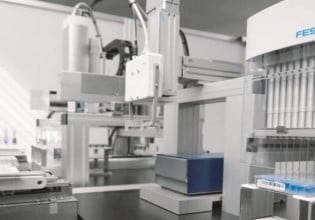C
I know LOTO has to be a site specific thing, many places have their own ways of doing things. But as procedures change, I've been asked to look at the components with which we isolate for turbine maintenance. Looking at them, I'm a little confused why they chose some of the ones that they did. In the past we have isolated the following components:
Natural gas inlet and vent
Fuel oil Inlet
CO2 isolation and vent valves
Fire protection panel breaker in 1DG
Fans and blowers: 88BT-1, 88VG-1, 88TK-1, 88TK-2, 88QV-1, 88BQ-1
Pumps: 88QA, 88HQ, 88QE-1
Motors: 88HR-1, 88DS-1
Heaters: 23QT
Breaker: 52-G
These all seem okay.
Then there are the ones that look like they could use a little help:
<PDM> Fuse FU-7 (De-energize 45FT sensors)
<PDM> Fuse FU-23 (De-energize Ignitors)
and JC plug at FD1 and FD2 from AIO.1
I don't like using the plugs, so I looked upstream and it seems I could pull FU4 and FU5 at the PDM to do the same job. Is there a downside?
Finally this leads me to ask why wouldn't one want to de-energize relay modules, AIO, CIMs, etc.?
It's just been this way so long. Do most people just open the breaker to the Mark IV and be done with it?
Or is the risk of powering down and later up these old electronics high enough to warrant leaving the computers up?
Natural gas inlet and vent
Fuel oil Inlet
CO2 isolation and vent valves
Fire protection panel breaker in 1DG
Fans and blowers: 88BT-1, 88VG-1, 88TK-1, 88TK-2, 88QV-1, 88BQ-1
Pumps: 88QA, 88HQ, 88QE-1
Motors: 88HR-1, 88DS-1
Heaters: 23QT
Breaker: 52-G
These all seem okay.
Then there are the ones that look like they could use a little help:
<PDM> Fuse FU-7 (De-energize 45FT sensors)
<PDM> Fuse FU-23 (De-energize Ignitors)
and JC plug at FD1 and FD2 from AIO.1
I don't like using the plugs, so I looked upstream and it seems I could pull FU4 and FU5 at the PDM to do the same job. Is there a downside?
Finally this leads me to ask why wouldn't one want to de-energize relay modules, AIO, CIMs, etc.?
It's just been this way so long. Do most people just open the breaker to the Mark IV and be done with it?
Or is the risk of powering down and later up these old electronics high enough to warrant leaving the computers up?






